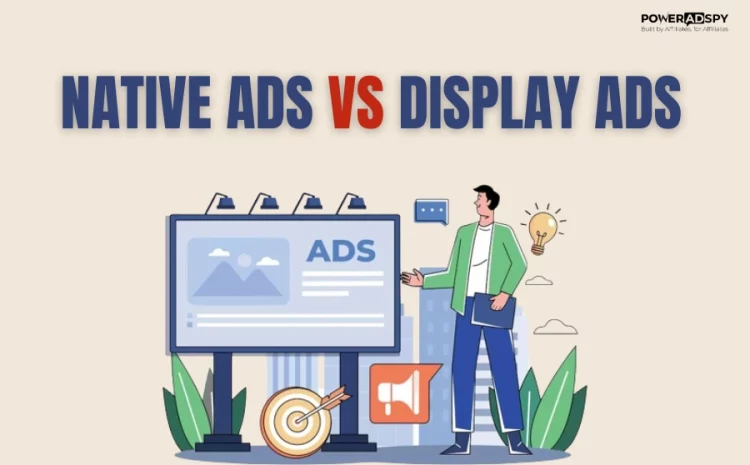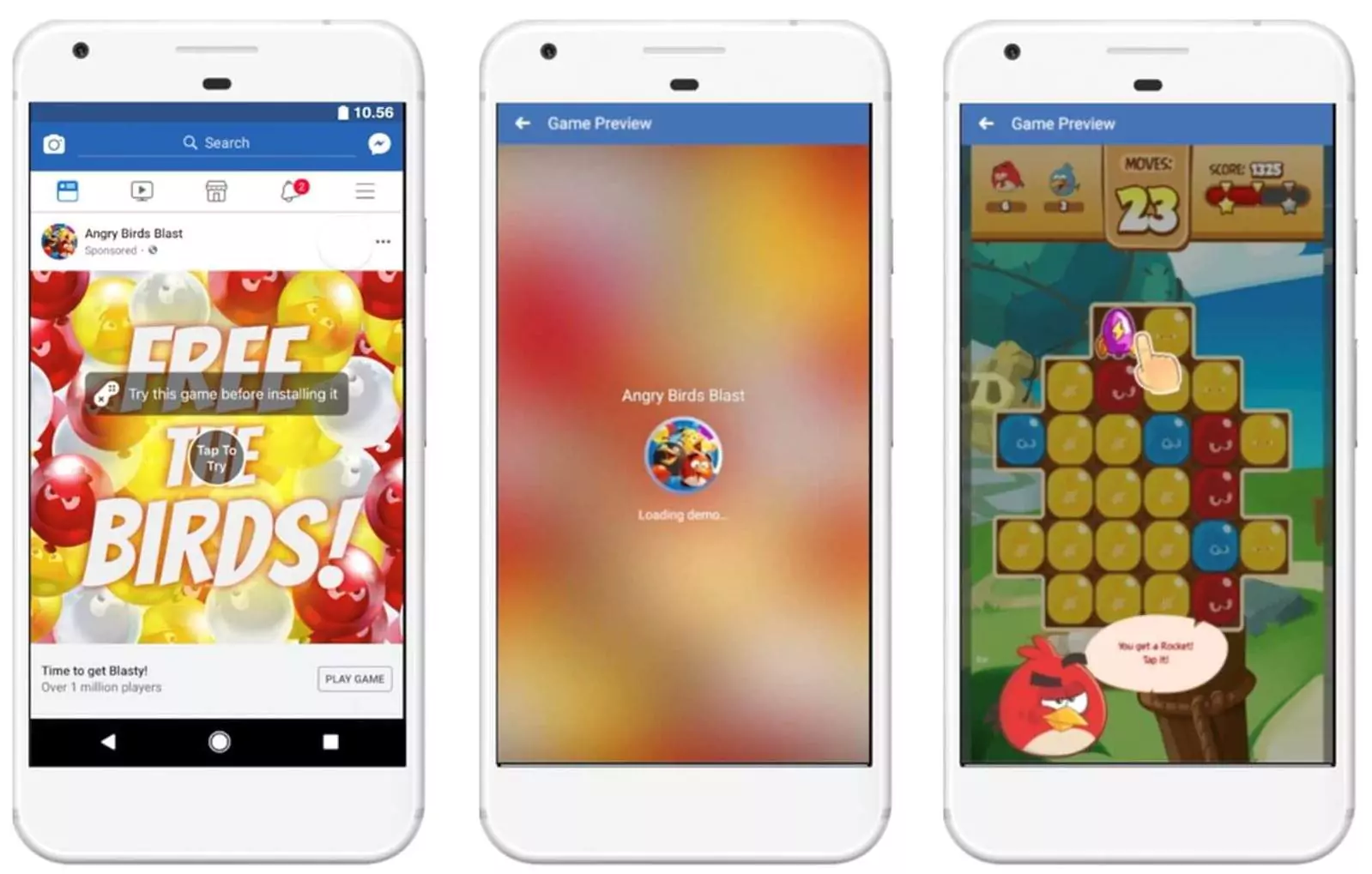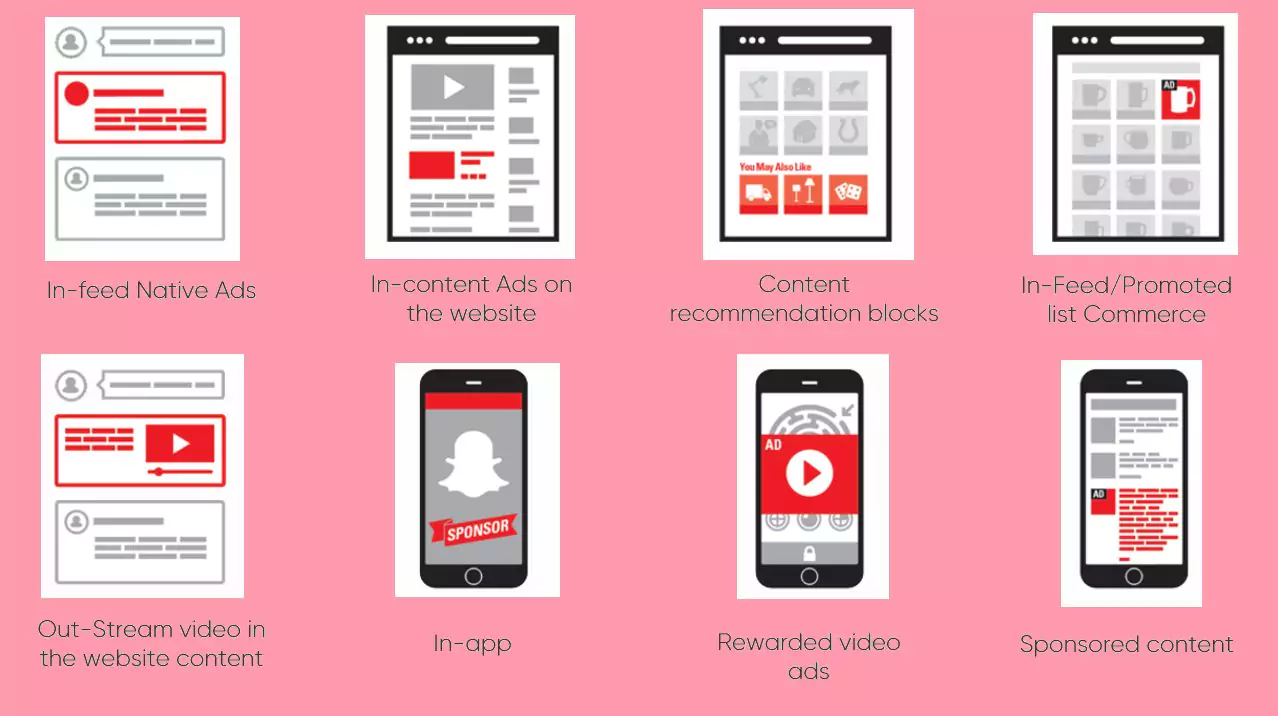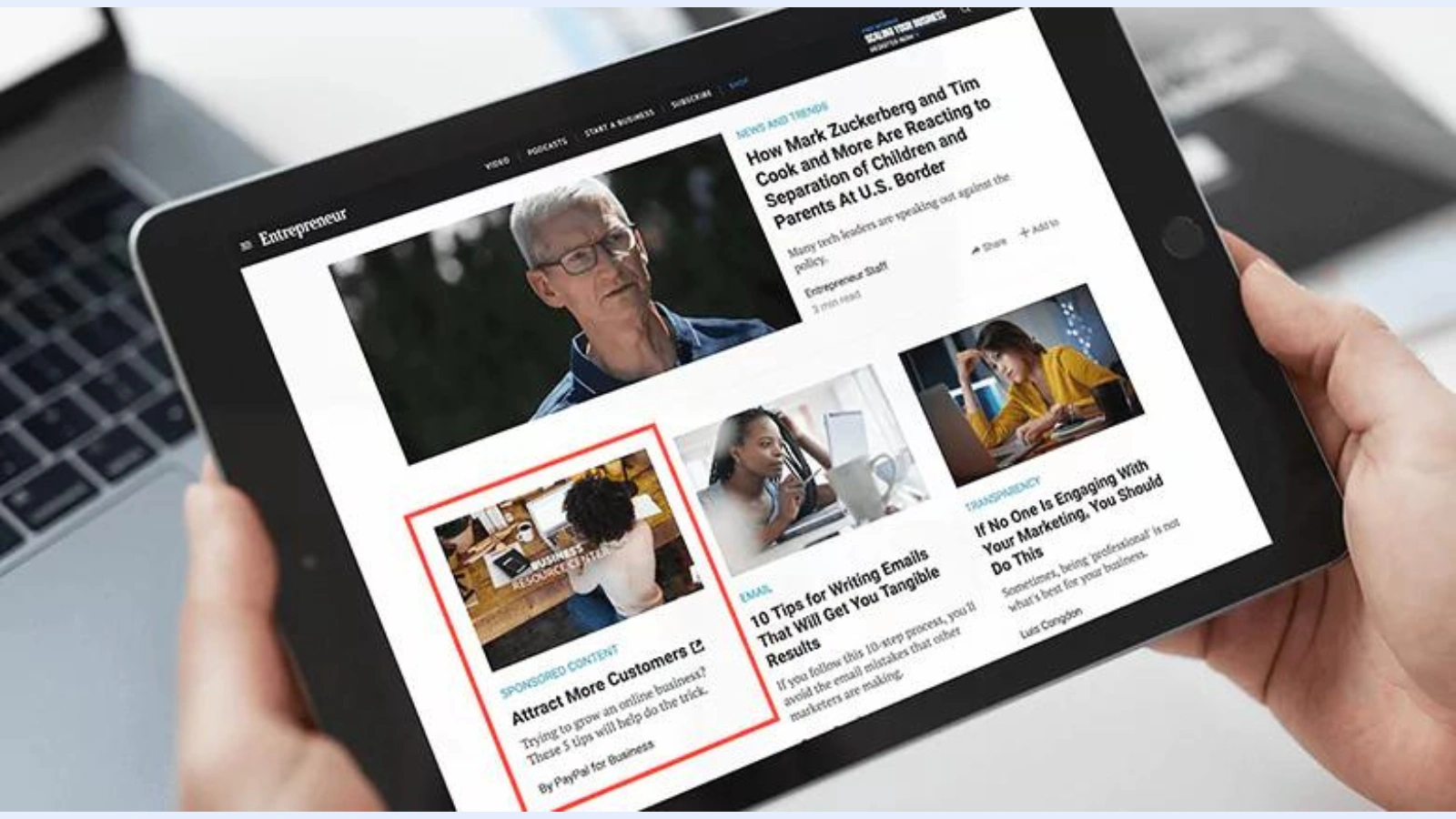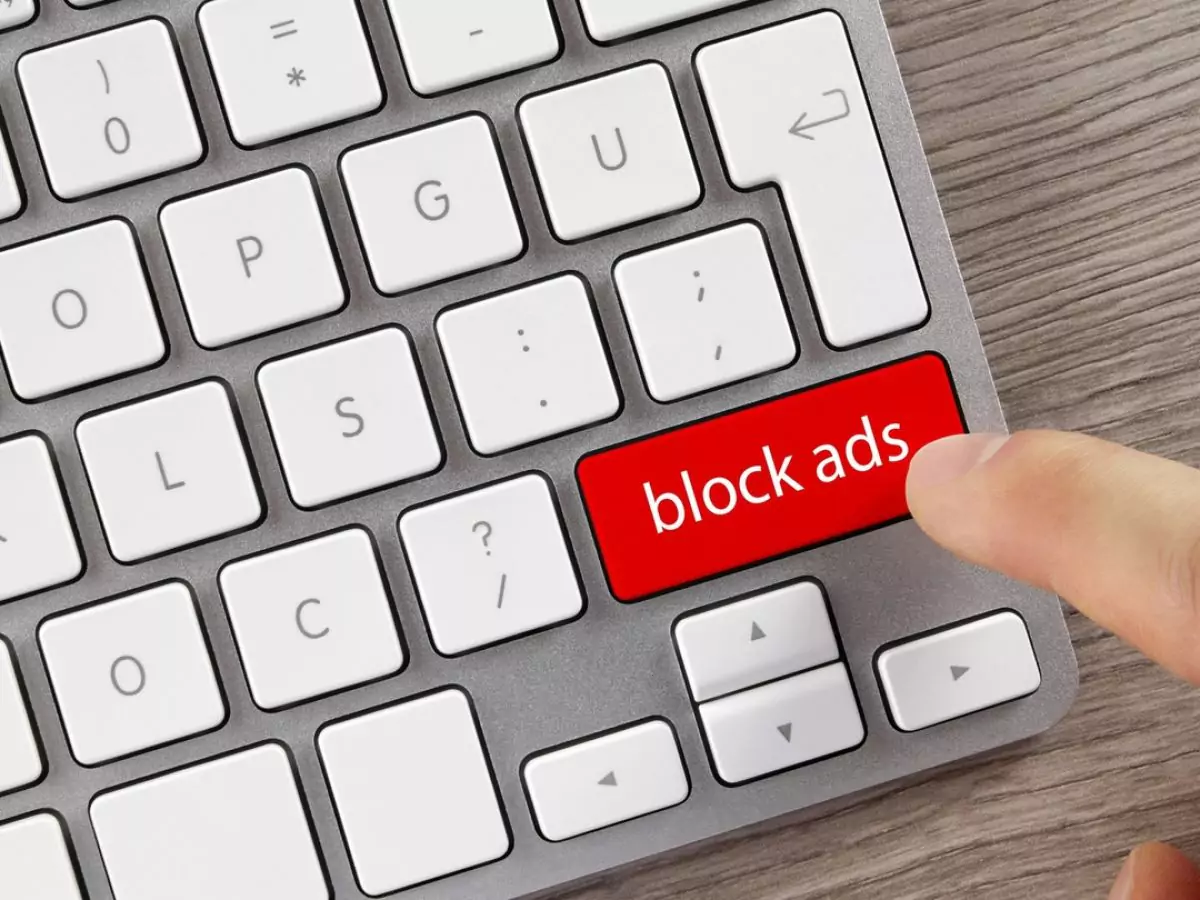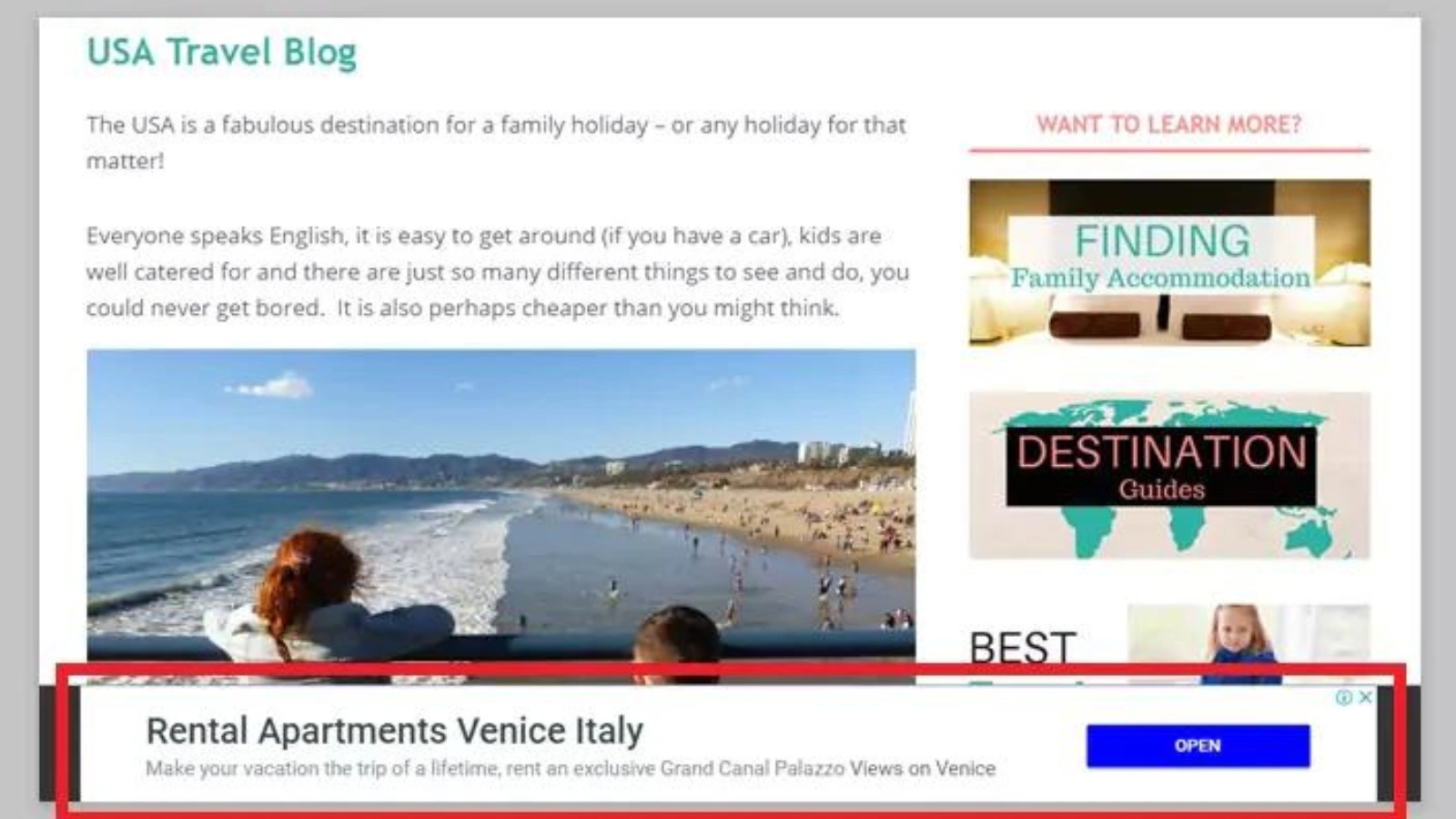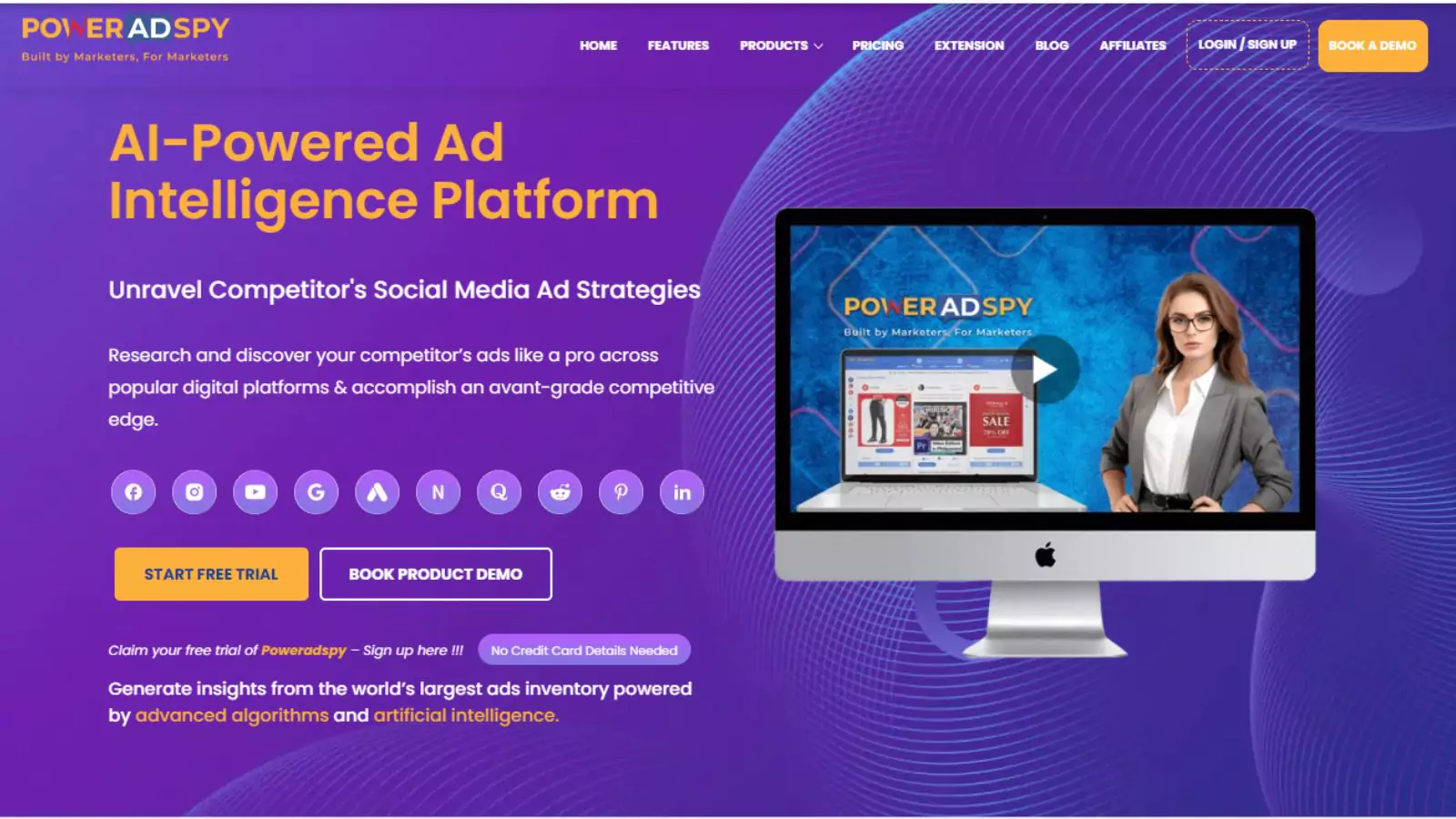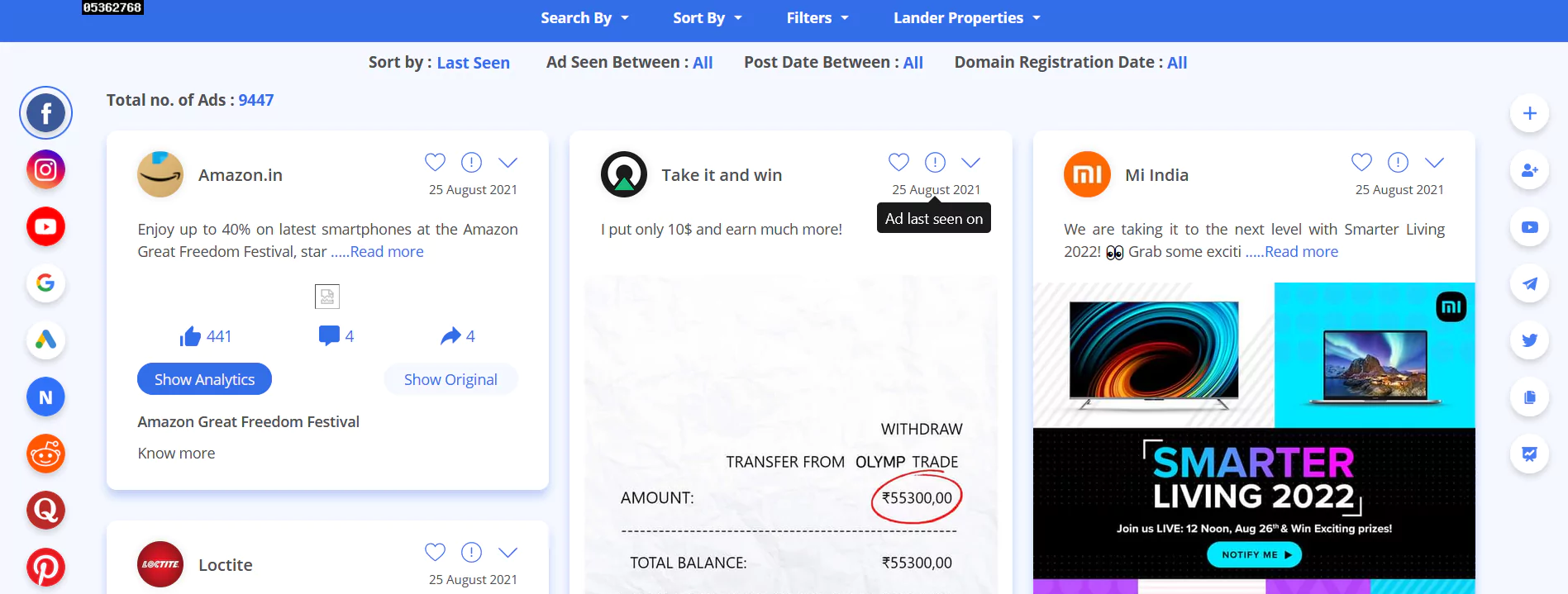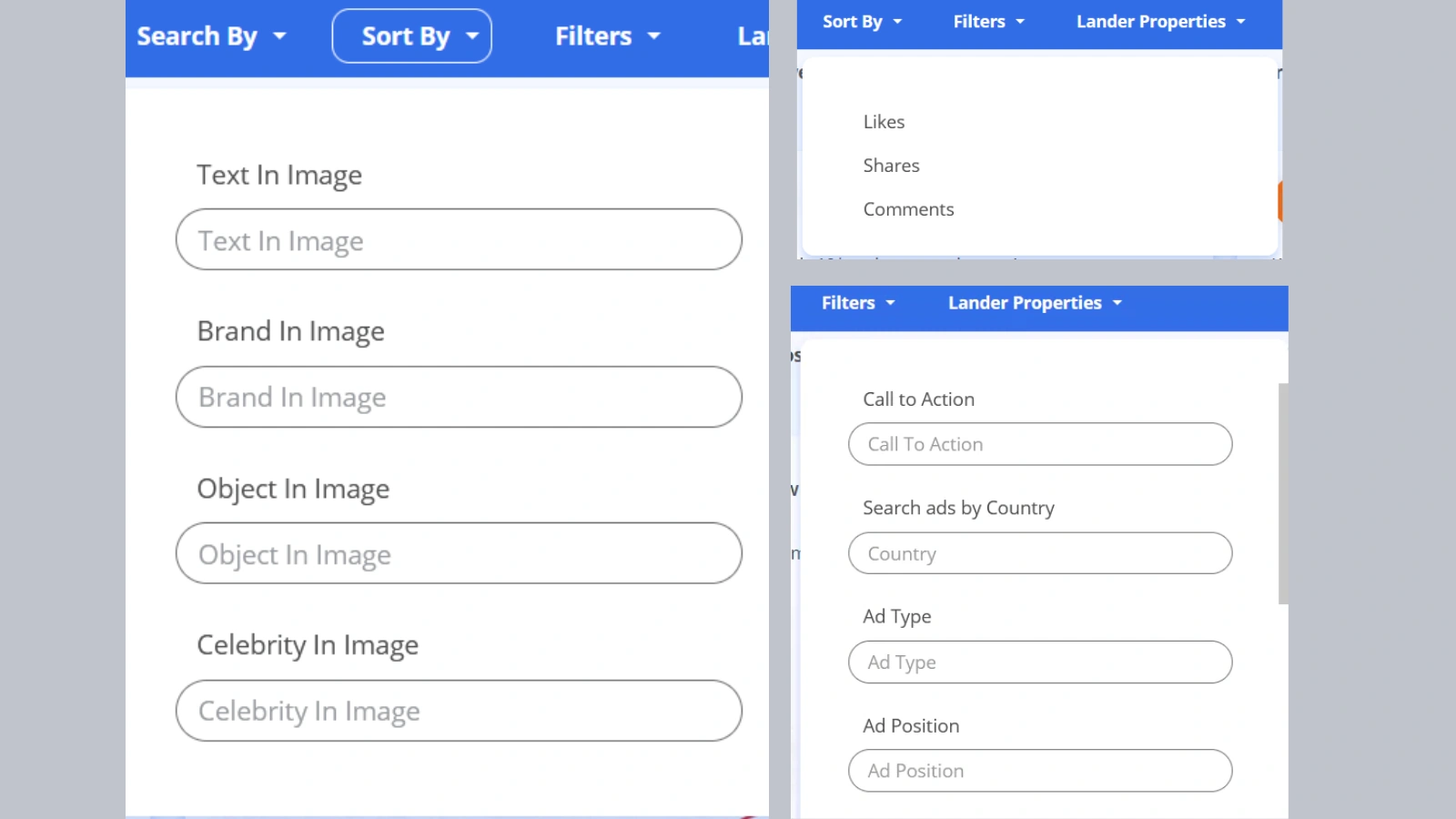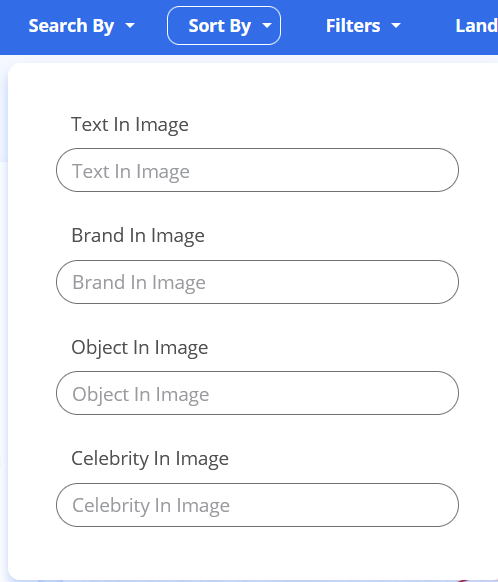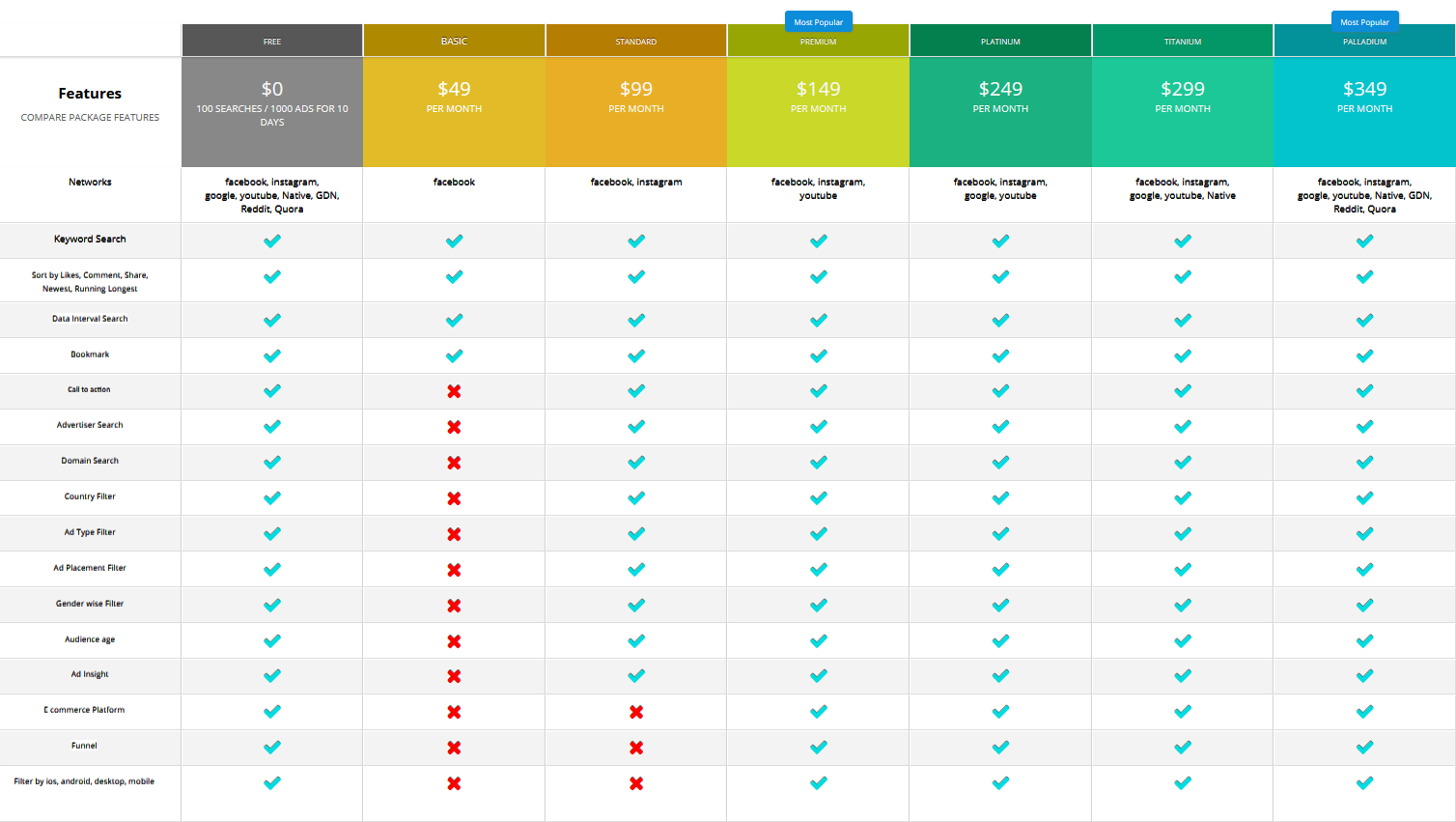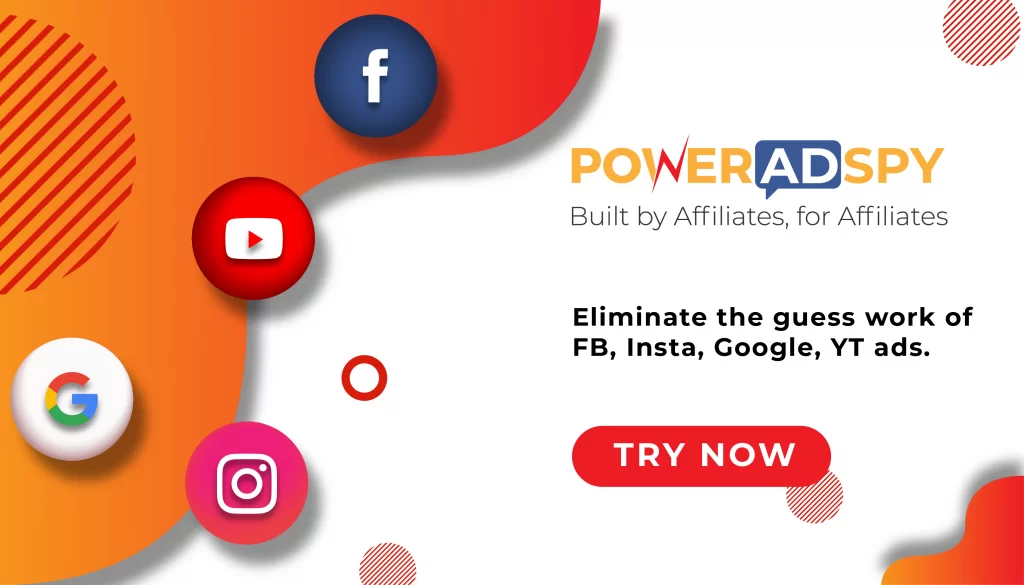Native Ads vs. Display Ads: 2 Sides Of The Same Coin
Native ads vs. display ads are two sides of the same coin. They serve the same purpose but are opposites due to some massive but subtle differences. Let’s find out by taking a step back and seeing from where they emerge!
State of Advertising: Constantly Evolving
Advertising has gone and is going through changes all the time, even as you are reading this article. Ever since the advent of digitalization, advertising has grown exponentially. Most people think that the evolution of advertising is facing a halt after its massive development from print to digital media. But the reality is quite contrary.
In today’s world of scouting and targeting a specific audience using criteria like geographical location, age, sex, tastes, preferences, and several others, advertising has gone above and beyond to offer its audience exactly what they want to see.
Digital advertisements have grown tremendously. They span across various channels, social media, day-to-day communications, mail services. They are capable of projecting on any screen with the internet and electricity flowing through it.
Digital advertising, when it comes to native ads vs. display ads, has several advantages over its traditional counterpart. This includes the emergence of more blended formats like native display ads, a hybrid approach that combines the visual prominence of display ads with the seamless integration of native content. Print media required printing costs, preservation costs, and it took a long time to reach its target audience that was further away. Print media also could not track the performance of their ads and had no insights on how their ads were performing. It proved to be obsolete soon after digital advertising showed up because of how convenient it was to track the performance of these advertisements.
The former bridges the gap between the consumer and the brand seamlessly as well! Users may click on the advertisements that catch their eye and get redirected to the brand’s landing page or wherever they want their customers to go.
But before diving into native ads vs. display ads and everything about them, let’s take a look at the type we are already familiar with: Display ads.
Display Ads: Obsolete, but not quite!
Display ads attract audiences of a particular website, social media profile, or other digital mediums to take action. They consist of visually appealing graphics, text, and other elements. Display ads encourage users to interact with them. This interaction redirects the user to the brand’s landing page, so they ultimately make a purchase.
Display ads are still relevant in the marketing industry and are one of the best ways to generate public interest via mass targeting. They are the first choice for marketers because of the convenience they provide. It is quite a difficult decision between native ads vs. display ads. Let’s look into more ways how display ads make the lives of marketers easier!
- Budget Control: Display ads are versatile amongst marketers. It is because of how compatible they are with low-budget campaigns and high-budget campaigns. Lower budget ads would target lesser people than higher budget ones. The rule of “you get what you pay for” strictly applies here.
- Targeting: Display ads make it convenient for marketers to target their audience based on their age, gender, location, etc. With the vast amount of data available, it gets easy for marketers to find the right audience fit for their brand and to target these ads to that specific audience.
- Real-Time Performance Analysis: Analyzing the performance of your ad campaigns is easy. They give you insights into how your advertisements are doing. Tracking the click-to-action rate is simple on these ads as they get updated in real-time.
- Versatility: Display ads come in all shapes and sizes! They are diverse and, a combination of different display ads are usually put in place together to have a better impact on the audience.
Display ads do come in a variety of types. Display ads come in different types on the following basis:
Types of Display Ads:
- Banners: Banners or banner ads are the most frequently and widely used ads used by marketers. Banner ads occupy the top or the bottom of the website in a “banner” format. Hence the name.

- Animated Ads: Beyond the standard banner ads, animated ads catch the viewer’s attention by having visual, moving elements. They can be short or long depending upon the need of a campaign and can be paired with audio to have a better impact.
<iframe width=”750″ height=”422″ src=”https://www.youtube.com/embed/9hMASTfxLMQ” title=”YouTube video player” frameborder=”0″ allow=”accelerometer; autoplay; clipboard-write; encrypted-media; gyroscope; picture-in-picture” allowfullscreen></iframe>
- Interactive Ads: Interactive ads are an avenue for the audience to interact with your product as they have embedded features that enable them to do so! Often used by mobile video game developers, these ads let the viewers play a short trial for the game before downloading it for good.
- Video Ads: These ads are shown by video streaming platforms such as YouTube, Dailymotion, and Netflix and pack a great deal of information within them. Social media platforms have begun incorporating video ads in their UIs as well in recent times.
<iframe width=”424″ height=”238″ src=”https://www.youtube.com/embed/xkpLF6dXPM8″ title=”YouTube video player” frameborder=”0″ allow=”accelerometer; autoplay; clipboard-write; encrypted-media; gyroscope; picture-in-picture” allowfullscreen></iframe>
- Interstitial Ads: These ads are full-screen ads that cover the entire screen of the user. They appear after or before the user interacts with the main content of the website.
The state of advertising has not only evolved from traditional print to going digital, spanning across every screen that surrounds our very being. It has developed so much that sometimes we don’t even know we are reading and interacting with a paid advertisement while simply scrolling through the news feed of our favorite platforms.
These advertisements that blend in with the rest of the content you see online are called native ads and are a relatively new type of advertising, let’s learn more about it!
Native Ads: Digital Advertising, but subtler
In recent times, because digital advertising has come such a long way and is present everywhere there is a screen, people have grown a bit averted from it. It is due to general ad fatigue and because the saturation point of the general public is at its peak with advertisements everywhere as soon as we unlock our screens.
Marketers had to find a solution to this. Despite social media being the #1 place to advertise one’s brand, marketers noticed a sudden decline in the time spent on their advertisements than before. Not only that, the massive competition for customers’ attention also saw a hit as feeds of all these audiences were up to the brim with more sponsored content than actual user-created content.
It gave birth to native ads. Marketers soon realized that simply a banner and a paid ad campaign would not yield fruitful results. More so because every other brand out there was doing the same. While talking about Native Ads vs. Digital Ads, especially in the context of native display advertising, it is vital to know what native ads are.
Native ads or Native advertising is the kind to match the appearance and have appropriate buttons (or function) of the space that it is occupying, and is non-intrusive. Native ads, in simpler terms, mean advertising done in such a way that the ad blends in with organic content, looks, and reads like it but is a paid advertisement. These ads take the help of the third-party websites that host them. It allows them to delve into an audience that the advertiser otherwise would not have been able to reach out to through his channels. Several free native ads platforms exist on the internet to try them out for your own brand!
Who do you think will win the battle between native ads vs display ads? Comment down below!
For these native ads to work, marketers need to design them according to the appearance and function of the third-party website to find a place. While keeping these things in mind, these ads should still contain great content, as advertisements should. Following these guidelines is a must. These advertisements won’t be as effective and would stick out differently, defeating the purpose of what native ads are.
Also read:
11 Advertising Tips For Young Freebie Marketers For This Season
Competitor Ad Finder- Decisive Metrics For All Business Investment
5 Most Effective Social Media Ads To Make Money
The Need For Native Advertising: Necessity
As with all things, there need to be boundaries. Digital advertising saw endless opportunities in the screens with which people were interacting. As the number of screens around us grew, people spent more time on them than ever before. People started seeing more ads, and for a while, it was fun! But then people started getting used to ads. Then came the worst; they started hating these ads. These ads used to pop out of nowhere, and people began despising it.
The very intrusive nature of these advertisements is what drove people away from digital advertising. Users on social media platforms began feeling like guinea pigs, always getting hit on by these brands, not letting them be in their leisure. To combat this, people started pulling a blind eye towards these advertisements.
Getting people’s attention with this aversion towards advertisements was a challenge for these customers. Putting brighter colors and words large enough to fit their screens wasn’t enough to get acknowledged by these people on social media. They had to try something new.
Native ads found their place in marketers’ hearts and ways to be recognized by their audience online. These ads don’t let out the “paid” aspect, or at least not show it out loud as banners or pop-ups do. Even if one can see that an ad is a sponsorship, the very non-disruptive and non-intrusive nature of native ads appealed to the audience.
Native ads proved to be a blast amongst audiences on social media platforms! Statistics found that consumers spend 53% more time looking at and going through a native ad when compared to what they spend looking at display advertisements. Banner ads proved to be nothing against native ads, with the latter generating the intent to purchase by 18% and brand likeability by 9%. These statistics showed marketers a clear distinction between native ads vs. display ads!
As with display ads, native ads come in different types and styles as well! Let’s look into the different types of native ads.
Types of Native Ads:
- Content Recommendation Widgets: These native ads show up at the end of most articles redirecting viewers to other content. It allows brands to take advantage of a writer’s following. After that, it redirect their audience to the brand’s website or landing page.
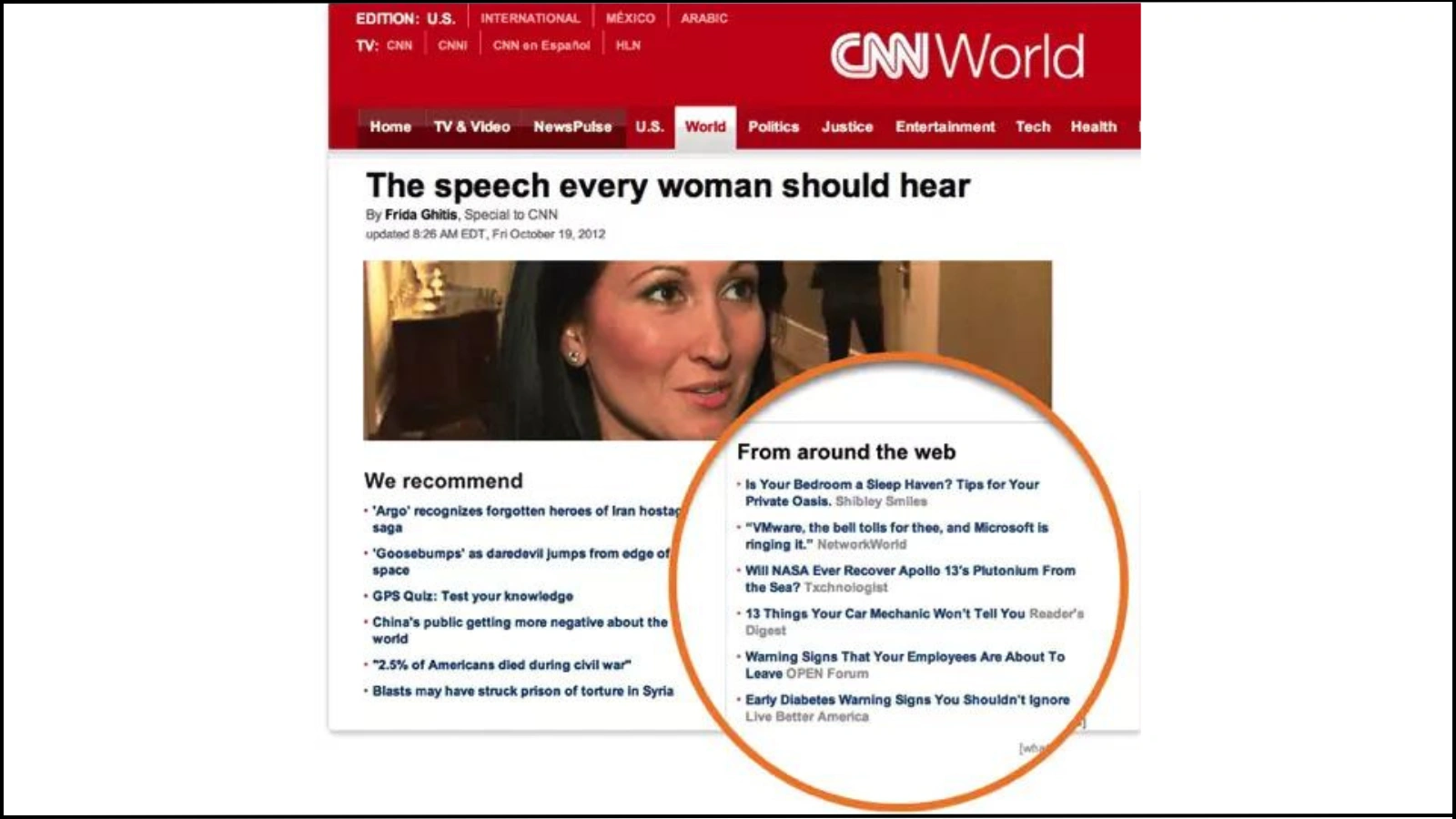
- Promoted Listings: Sites list products that sponsor the hosts. It suggest them to the audience on the top before the actual search results. These native ads are more cost-effective to marketers as compared to the other types of ads.
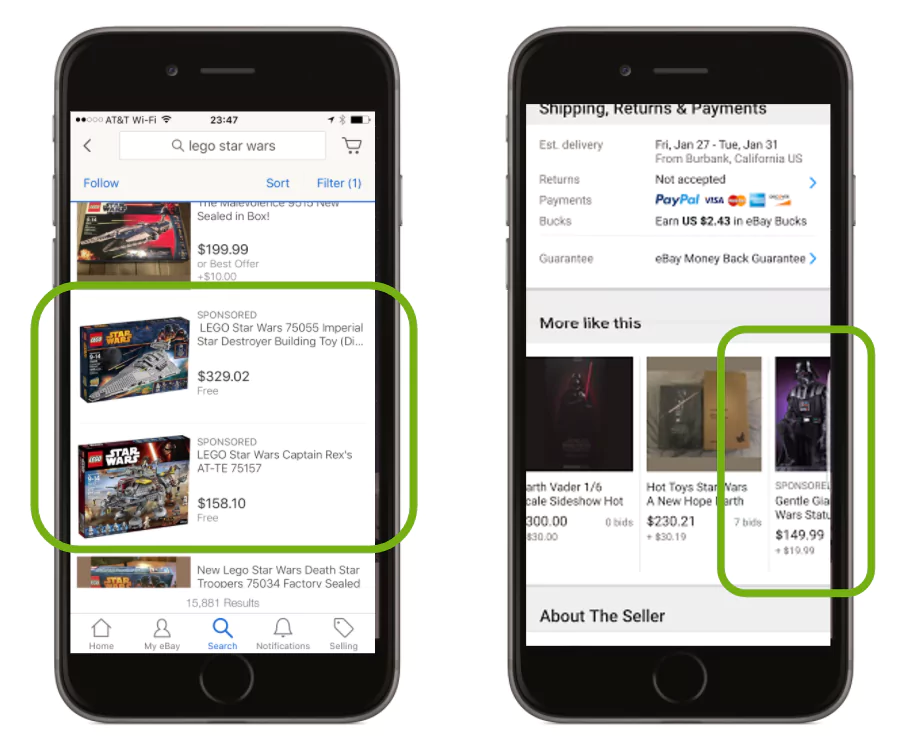 In-Feed Units: These units sponsored content within a publication’s article index. They are visible in between a gallery of videos. Despite being in sponsorship, they blend in with the natural form of the website.
In-Feed Units: These units sponsored content within a publication’s article index. They are visible in between a gallery of videos. Despite being in sponsorship, they blend in with the natural form of the website.- In-Ad With Native Elements: These ads are display ads but provide contextual support to the publisher. For example, an e-sports article may have an advertisement for a game at the bottom of it. The article motivates the reader to invest in the product which is in the commercial.
These are the main types of native advertisements which are in use online. Native ads vs. display ads will always be a conversation starter amongst social media marketers. Those marketers who are proficient at their job know better than knowing which kind of advertisement works where. It is because they have a deeper understanding of the advertisements circulating throughout the industry.
To get a better understanding, you need more data, but how will you get that? If you want to learn more about such ads, we have a tool for you. Are you curious to know about such a tool? Let us dive into that.
PowerAdSpy Ad Intelligence Tool
PowerAdSpy brings a whole array of advertisements that are floating around in the market. With the data of millions of ads available in the system from 15+ countries, PowerAdSpy has the fastest-growing ad database amongst its competitors.
PowerAdSpy: Ads, ads, and ads!
Social ad spy tools are a big hit amongst advertisers today and a well-kept secret as well. PowerAdSpy is one of the best social ad spy tools out there in the market today! It comes with power-packed features such as:
Filtering Ads by Positions
PowerAdSpy lets you find ads in different positions on their websites that allow you to find the best possible positioning for your ad to achieve the best conversions!
Real-Time Insights Tracking
Directly visit live ads from the platform. Look into their insights in real-time so you can gauge how your or your competitor’s ads are doing.
Data From Countless Ads from 15+ Countries
With the fastest growing database with millions of ads from numerous locations, PowerAdSpy allows you to find the ads that are doing well in just a few clicks.
Effective Search Algorithm
With an algorithm this powerful, you can find precisely the ads you are looking for based on keywords/phrases/terms within them.
Support for all kinds of ads
It supports pictures and videos, giving you access to ad data to see what works best for you.
There is a lot more from where that came from, and take it from us; with prices this low. You will not find more value for your money from any other social ad spy tool in the market.
Check out our prices below and see what fits best for your needs. Join the journey of being a better advertiser today!
Conclusion
Native ads and display ads emerge as contrasting yet complementary tools. While display ads offer versatility and broad reach, native ads excel in subtlety and integration. As consumers evolve, so must advertising strategies. Native ads, with their non-intrusive nature, have found favor among audiences fatigued by traditional advertising methods.
The battle between native ads vs. display ads reflects a nuanced understanding of consumer behavior and preferences. Ultimately, the efficacy of each type hinges on its alignment with campaign objectives and audience engagement.

